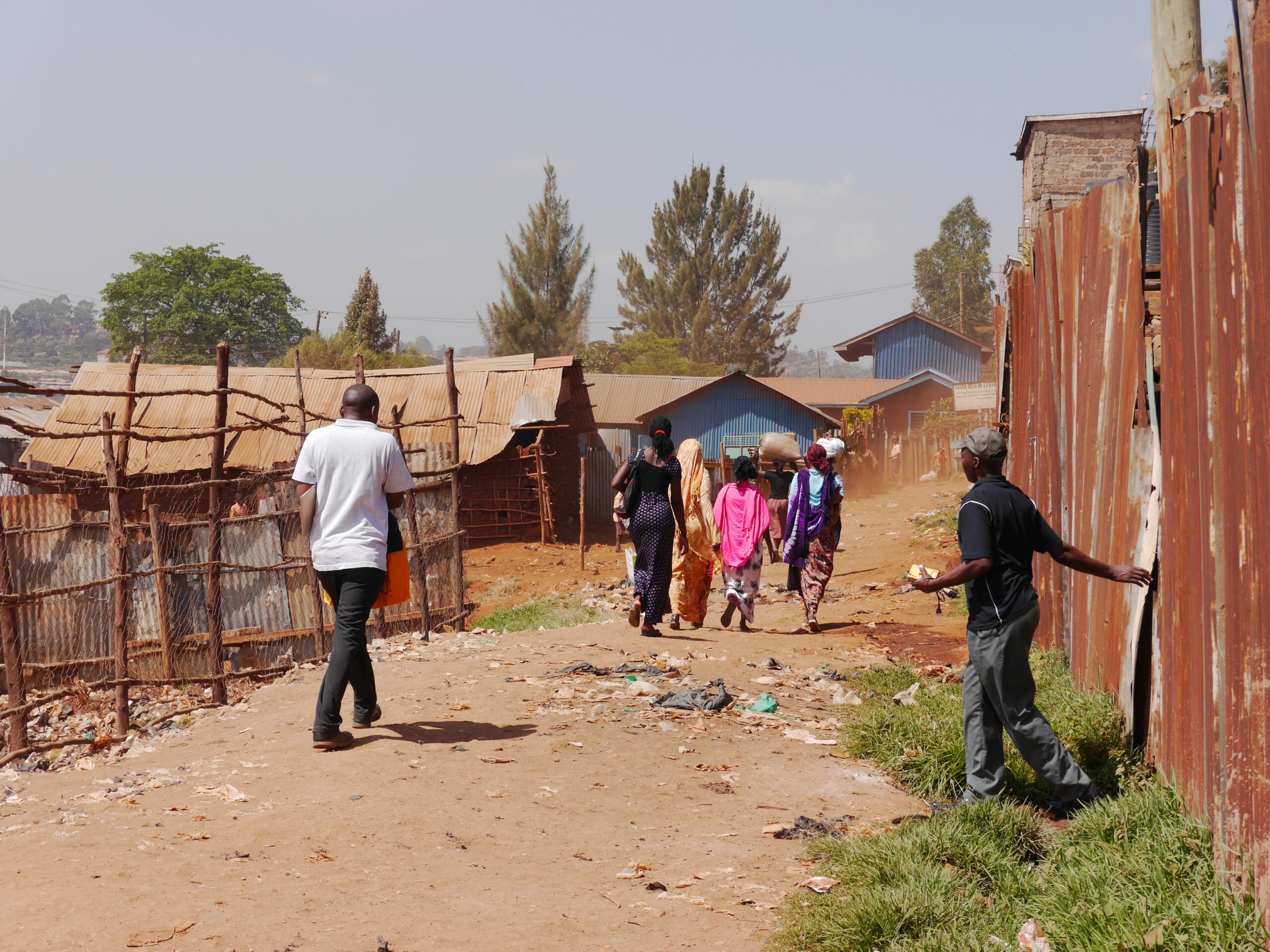A new era of value-chain scrutiny: How miners can prepare for the CSDDD

The EU Corporate Sustainability Due Diligence Directive (CSDDD) came into force on 25 July 2024, with EU Member States now having to transpose it into their national laws over the next two years. It addresses the impact organisations have on stakeholders’ human rights, as well as a range of environmental impacts.
There has already been a raft of online content outlining the general implications of the Directive. But what does it mean for miners specifically – and what should they be doing to deliver higher levels of assurance to their stakeholders, in particular their downstream partners (many of whom will be subject to the Directive).
In this post, we highlight six considerations for miners, based on our extensive experience of building risk-based due diligence programmes for mining companies operating in high-risk jurisdictions.
1. Pre-empt and address downstream perceptions of the sector
Miners operating in more challenging markets tend to have relatively high levels of risk tolerance. But the nature of the Directive means miners in non-EU jurisdictions are going to have to actively accommodate EU sustainability expectations. This is particularly the case given perceptions in the EU that the mining sector is inherently high impact – and thus high-risk.
Ultimately, this means that miners need to develop a more proactive and systems-based mindset, which should also be reflected in their reporting. This is in order to:
- Pre-empt mining-specific issues (e.g. ASM, tailings, security and human rights, resettlement, indigenous rights and health and safety) – and explain whether these ‘hot topic’ issues are relevant to your company’s footprint
- Explain how related risks are being managed, what the residual risks are and plans to improve the management of these risks going forward
- Offer this information in a transparent and easily accessible way – i.e. without downstream actors having to dig for it
This approach will require the disclosure of some difficult issues, which does not always sit well with internal stakeholders. But transparency – and the clear prioritisation of risks – are key to providing higher levels of assurance to downstream partners.
2. Start with a ‘helicopter’ view – then drill-down
Your first step should be a structured, broadly focused corporate-level assessment that will enable you to identify where your key risks and impacts lie. Only then should you dive into more in-depth due diligence. This will help demonstrate an objective, risk-based approach to due diligence and support auditability.
It will also help avoid a focus on obvious ‘hot spots’ at the expense of other issues the company is facing. Think of recent gender-based and indigenous peoples impacts experienced by miners in Western Australia (a traditionally ‘low risk’ jurisdiction).
3. Get on-the-ground – and listen to stakeholders
It is essential to avoid an overly technocratic approach. Human rights issues are complicated and manifold and require ongoing and close engagement with stakeholders that are impacted or could potentially be affected. This engagement will help inform the identification and prioritisation of impacts, and will ensure that remedial measures are genuinely effective. Indeed, the CSDDD – like the UN Guiding Principles on Business and Human Rights – requires the engagement of potentially affected stakeholders. This is particularly the case where such engagement can identify impacts that would otherwise remain ‘below the radar’.
The process should not just be an abstract, desktop exercise. For higher-risk sites and critical issues, you need on-the-ground specialists to build an accurate picture (and prioritisation) of human rights impacts and to work with on-site teams to develop effective action plans.
4. Think beyond your own immediate operations
The CSDDD focuses on companies’ direct and indirect impacts – i.e. the impact of their own operations and that of their value chains. By extension, miners should focus their own due diligence efforts not only on their own operations, but also on their contractors and suppliers – particularly local business partners in more challenging, high-risk locations. This means considering everything from the employment practices of local suppliers and contractors, through to the health and safety performance of your transport providers.
5. Collaborate with your customers
Given their obligations under the CSDDD, miners can expect to get a lot more human rights and environmental questions from their customers. This will be exacerbated in cases where miners’ public reporting is not transparent or detailed enough for customers to meet their own compliance obligations.
Nonetheless, if customers’ due diligence does flag any worrying risks or impacts associated with a mining company’s operations, the CSDDD stresses that these customers should engage with their value chain partners (in this case, the mining company). Disengagement from the business partner is only a last resort option. As a result, a collaborative approach to addressing any identified risks or impacts is likely to be the norm, with miners potentially having to integrate remedial measures identified by their customers into their own management systems and practices.
6. Integrate human rights due diligence into ‘how you do business’
Environmental due diligence is generally well integrated into how responsible miners ‘do business’. Practices are often far less advanced when it comes to how they deal with human rights and the human consequences of their environmental impacts. In many cases, miners carry out a standalone human rights due diligence exercise, but don’t approach human rights in an ongoing, systemic way.
It is critical that human rights due diligence is integrated into miners’ existing management systems (e.g. community relations, human resources, occupational health & safety, supply chain and the environment), as well as their enterprise risk management and audit processes.
The scope of the CSDDD means this should be a long-term, cross-functional process that is ‘wired in’ to everyday management.
